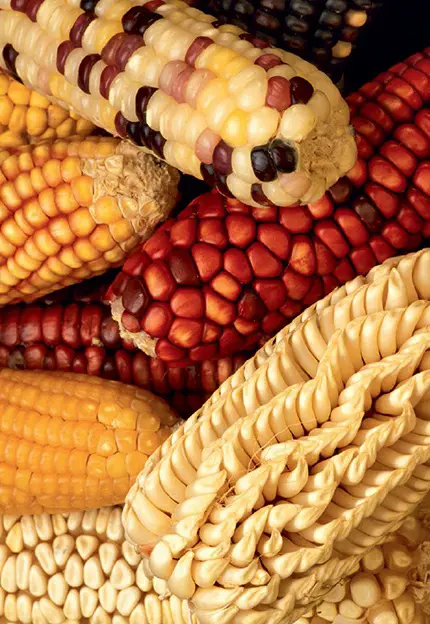Since the dawn of agriculture, humans have been actively engaging in genetic manipulation, primarily through selective breeding. This practice, aimed at enhancing crop robustness and yield, served as a fundamental form of genetic engineering. However, with the global population on track to exceed 10 billion by mid-century, these traditional methods are insufficient to meet the escalating demand for food. This challenge has catalyzed the rise of modern biotechnology, a field that leverages living organisms to innovate and improve various products and processes.
A pivotal aspect of biotechnology is the genetic engineering of agricultural crops. This innovative approach involves altering the genetic makeup of crops to enhance their resistance to pests, diseases, and environmental stresses like drought. It also aims to prolong shelf life and boost nutritional value. The journey of genetically modified organisms (GMOs) in agriculture began with an antibiotic-resistant tobacco plant developed in 1982 by Monsanto researchers, marking a significant milestone.
The technology rapidly gained traction, expanding to a diverse range of crops and demonstrating considerable benefits. Farmers globally have witnessed a surge in crop yields by over 20%, alongside a notable 35% reduction in pesticide usage, leading to substantially higher profits. While GMOs have played a crucial role in addressing global food security challenges, public skepticism persists regarding their safety and environmental impact. Regulatory responses vary, with some countries imposing stringent controls or outright bans.
Despite these concerns, the scientific consensus affirms the safety of GMO consumption. However, ongoing research and transparent communication are essential to ensuring the long-term environmental sustainability of GMO crops.

